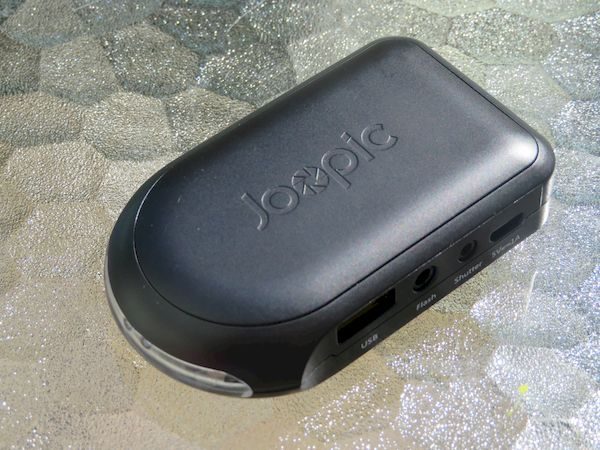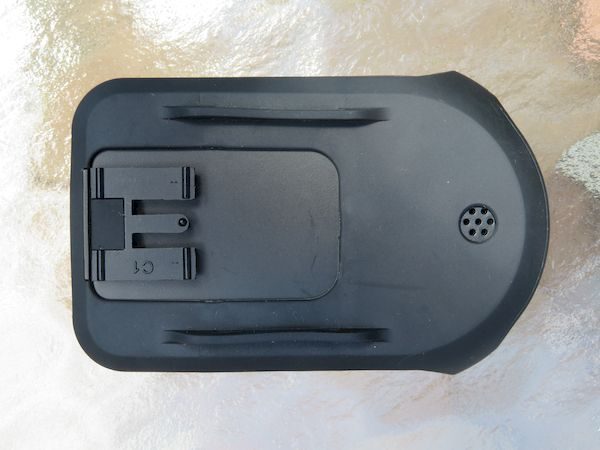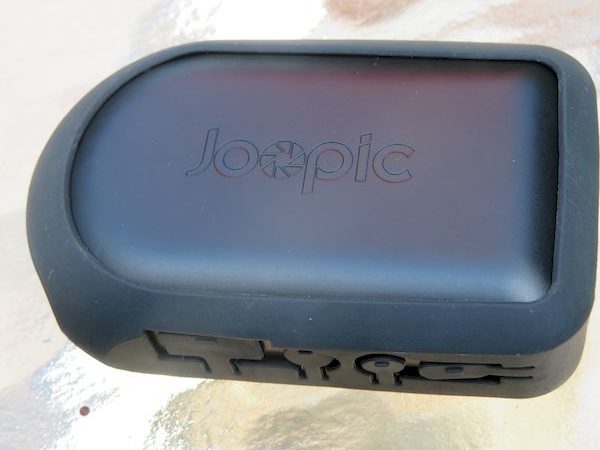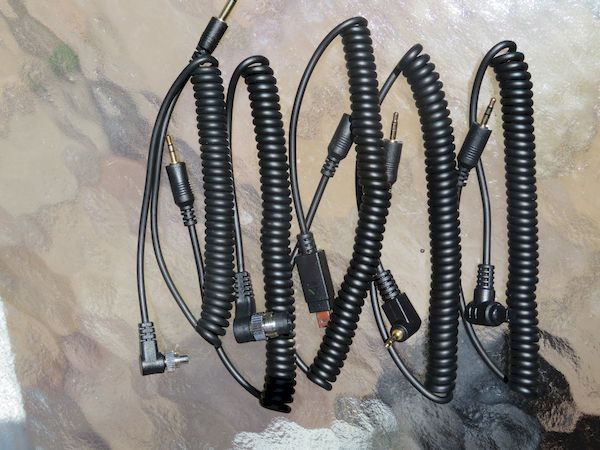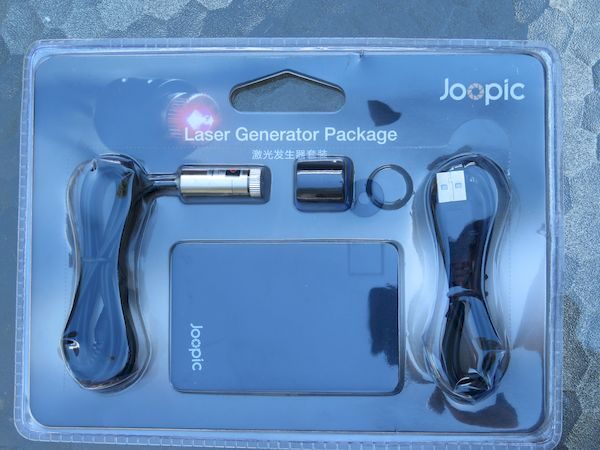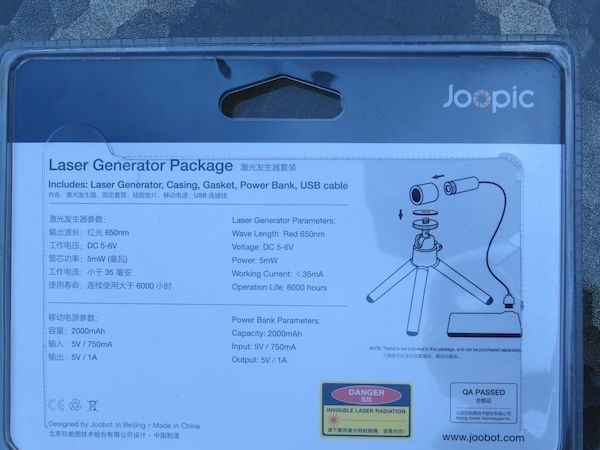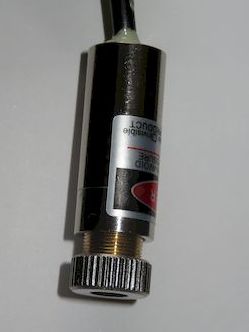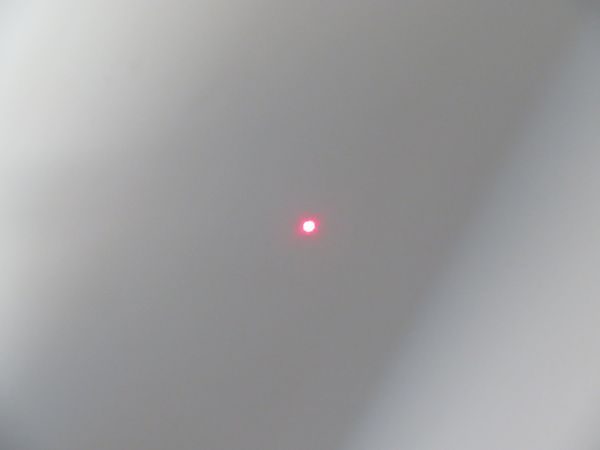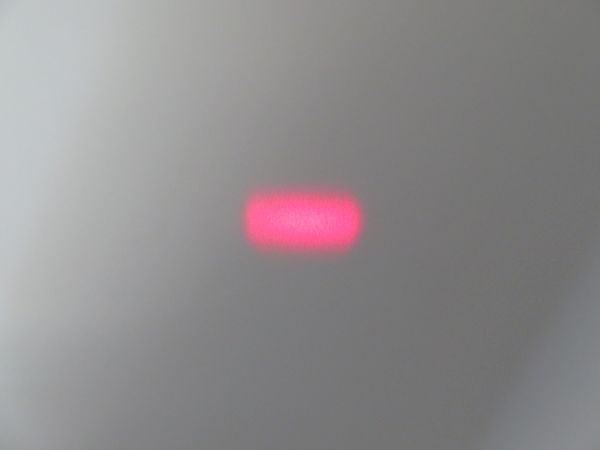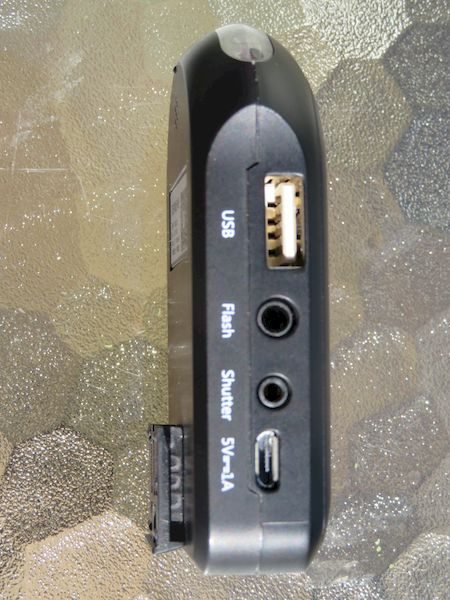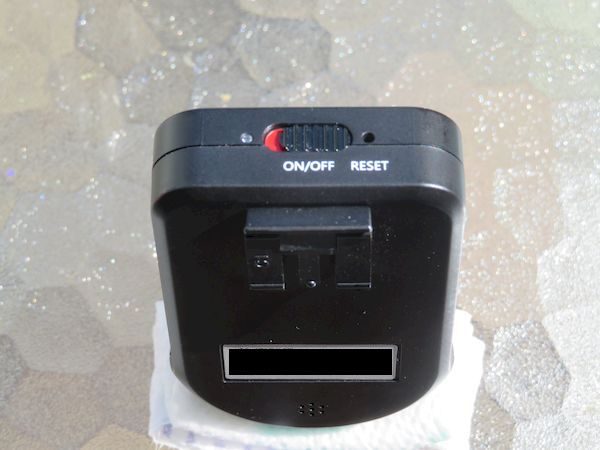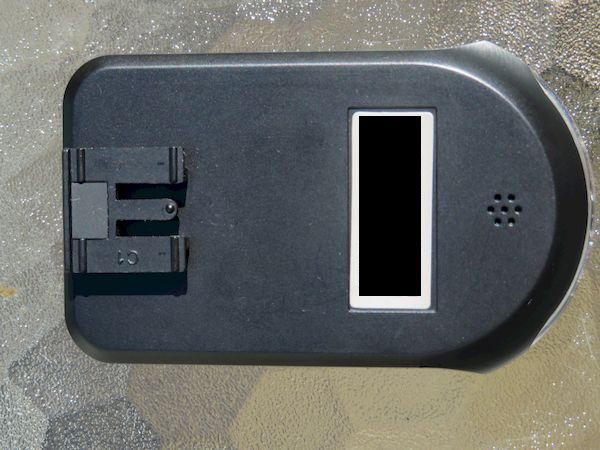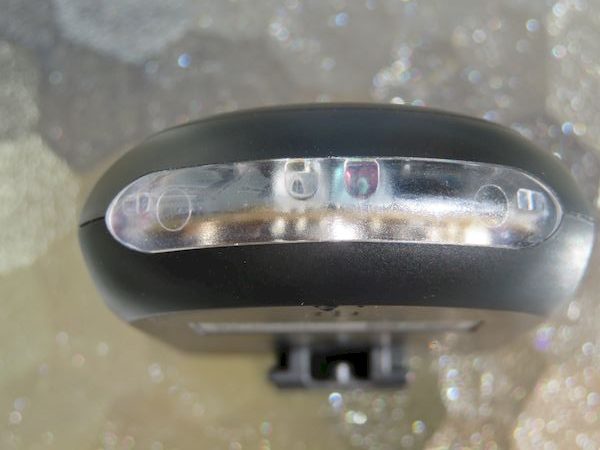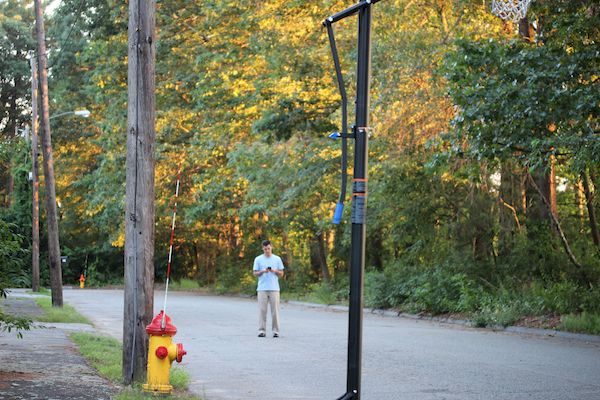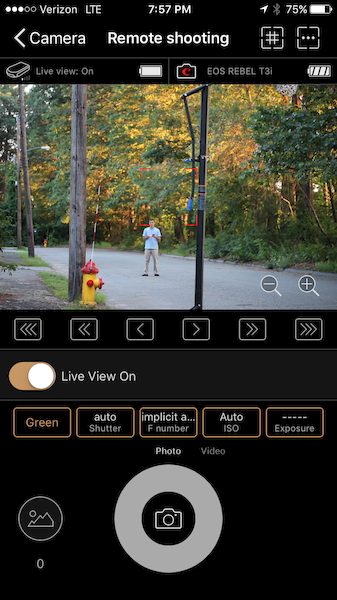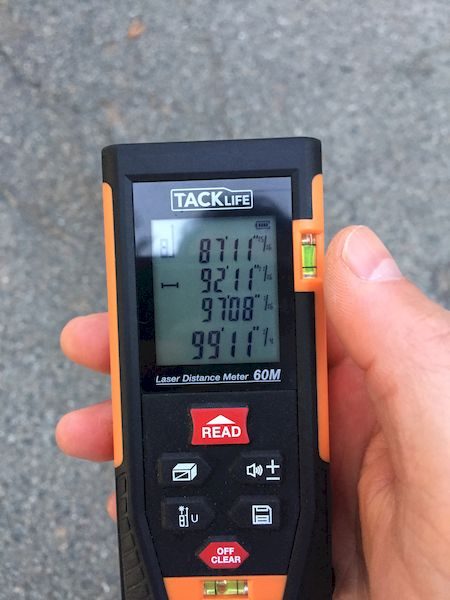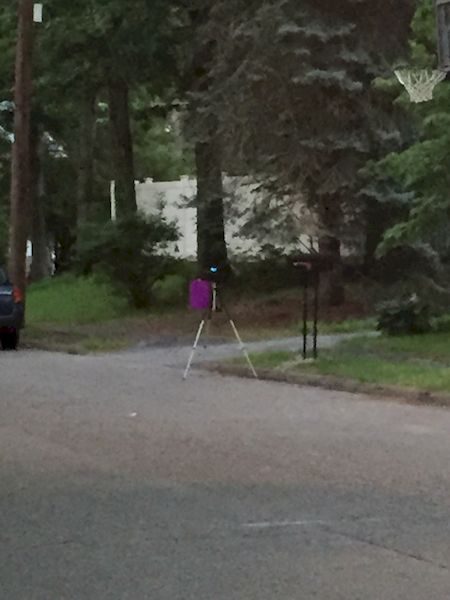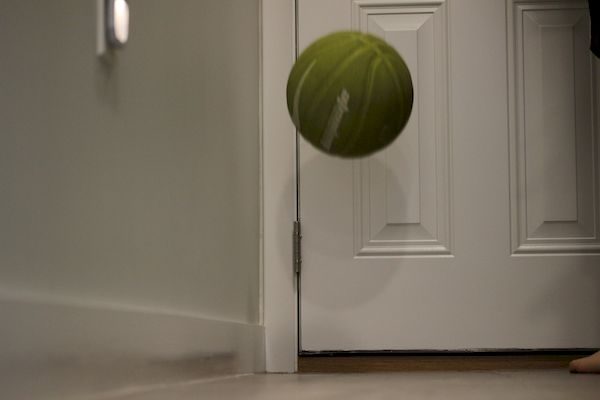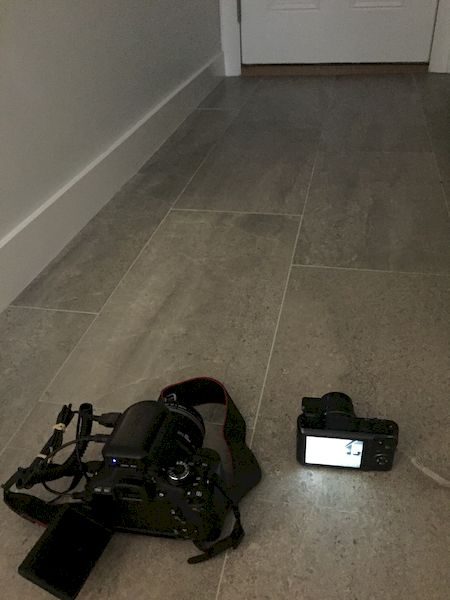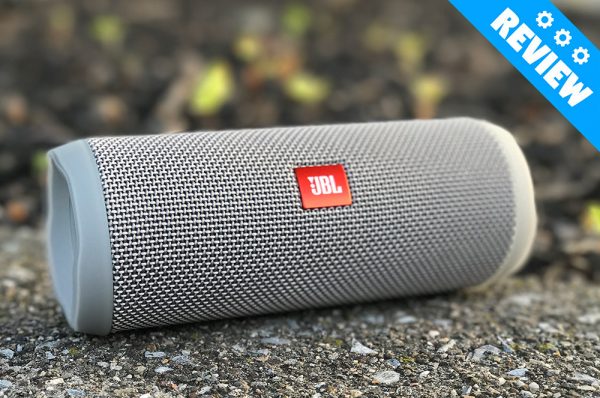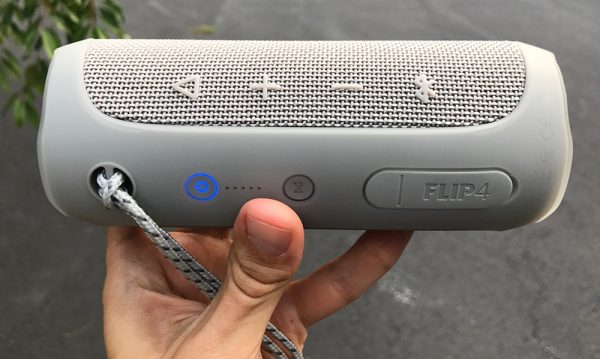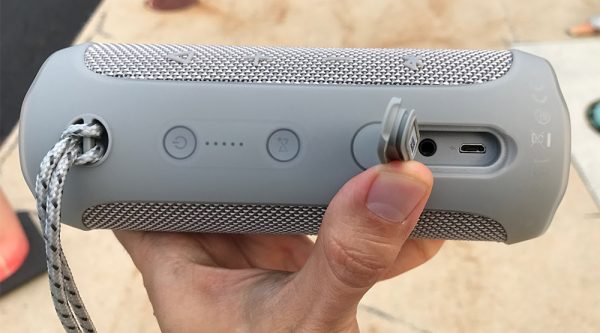
Today I’m bringing you a brand new batch of interesting crowdfunding projects. I find these campaigns through emails that have been sent to me and my own web surfing explorations. Click through to see this week’s notable crowdfunding campaigns.
GEMINI Magnetic Speakers, Stick and Play 360° Sound Anytime
What is it?
GEMINI speakers are individual Bluetooth speakers with magnetic mounts.
Why do I like it?
I like the GEMINI speakers because magnets! The speakers can play for up to 8hrs and can recharge in about 50 minutes. I also think it’s cool that you can adjust the space between the left and right speaker to give the full stereo effect for your tunes. And for those of you who like to run or bike, they are offering specially designed mounts so you can take the GEMINI speakers with you.
Where can I find more info?
With 44 days left in the campaign, GEMINI is just getting started toward their funding goal of $5,000. You can pre-order a set of GEMINI speakers starting at $49. After the GEMINI campaign ends, rewards are estimated to start shipping in September 2017. Visit their Kickstarter page for all the details.
The EVERGOODS CPL24 and MPL30 Crossover Backpacks
Blurb by Andy Jacobs
What is it?
The EVERGOODS Civic Panel Loader, 24 Liter (CPL24) and Mountain Panel Loader, 30 Liter (MPL30) are crossover backpacks that look great, have very thoughtful and useful features, and are designed and durably manufactured in the USA.
Why do I like it?
I’m a big fan of backpacks, and Jack Barley and Kevin Dee, who have extensive backgrounds in backpack and outdoor gear design and manufacturing, have teamed up to found EVERGOODS, a new gear company whose first products are the CPL24 and MPL30 crossover backpacks. What does “crossover” mean? The CPL24 is designed to excel in an urban environment but is just as useful in the outdoors. Vice-versa for the MPL30 focused for use in outdoor settings, but at home in town or city. These first two backpack designs feature clean, appealing appearances and the sheer number of well-considered, useful features in each of them is very impressive. Plus they are quality built in the USA from highly durable materials.
Where can I find more info?
The Kickstarter campaign just kicked off last week on July 11 and ends August 12, but EVERGOODS has already blown through their funding goal of $45,000 with over $120,000 in pledges and over 470 backers—and the campaign looks to be picking up steam. As of this writing, EVERGOODS has just added more “Early Bird” pledge options with good discounts (pledges starting at $199 for CPL24 and $229 for MLP30), and combo packages are also available. Estimated delivery is December 2017. Visit the Kickstarter campaign page for more details.
KEYANCHOR | World’s Smallest EDC Multi-Tool & Key Organizer
What is it?
The KEYANCHOR is a small key organizer and multi-tool that’s made of Grade5 Titanium.
Why do I like it?
I like the KEYANCHOR because it’s so small and unique. It’s a key organizer, tiny pry bar, box opener, bottle cap lifter, and more. I’m not sure how it would feel in your pocket due to the way the ring and keys are situated, but I can’t help but be intrigued.
Where can I find more info?
With 22 days left in the campaign, KEYANCHOR is still toward their funding goal of $5,000. You can pre-order a KEYANCHOR starting at $24. After the GEMINI campaign ends, rewards are estimated to start shipping in October 2017. Visit their Kickstarter page for all the details.
Amabrush – World’s First Automatic Toothbrush
What is it?
Amabrush is an automatic toothbrush that will brush your teeth for you in just 10 seconds.
Why do I like it?
I like Amabrush because sounds like an incredible claim for a product that can automatically and effectively brush your teeth hands-free in 10 seconds. Sounds too good to be true. But from the look of how well this campaign is doing, there are a LOT of people (over 13,000 backers so far) who think a gadget like this would be useful. Until I can try one, I’m not convinced it can really brush my teeth as well as I can do it manually, but I hope it does work as advertised and I get a chance to try one.
Where can I find more info?
With 17 days left in the campaign, Amabrush has smashed their funding goal of $57,639 by over 1 million dollars. You can pre-order an Amabrush starting at $90. After the Amabrush campaign ends, rewards are estimated to start shipping in December 2017. Visit their Kickstarter page for all the details.
Volterman – World’s Most Powerful Smart Wallet
What is it?
Volterman is a smart wallet made of leather.
Why do I like it?
I like the Volterman wallet because it has features not seen in other so-called smart wallets. In addition to offering a built in powerbank and proximity alarms which some other wallets offer, the Volterman raises the bar by also offers wireless charging, free GPS tracking, WiFi hotspot and even a hidden thief detection camera. which snaps a picture when the wallet is opened.
Where can I find more info?
With 15 days left in the campaign, Volterman has already reached their funding goal of $45,000. You can pre-order a Volterman starting at $139. After the Volterman campaign ends, rewards are estimated to start shipping in December 2017. Visit their Indiegogo page for all the details.
Filed in categories: News
Tagged: Crowdfunded
GEMINI magnetic speakers, EVERGOODS backpacks, Amabrush automatic toothbrush, and more – Notable crowdfunding campaigns originally appeared on The Gadgeteer on July 18, 2017 at 9:56 am.
Note: If you are subscribed to this feed through FeedBurner, please switch to our native feed URL http://the-gadgeteer.com/feed/ in order to ensure continuous delivery.

